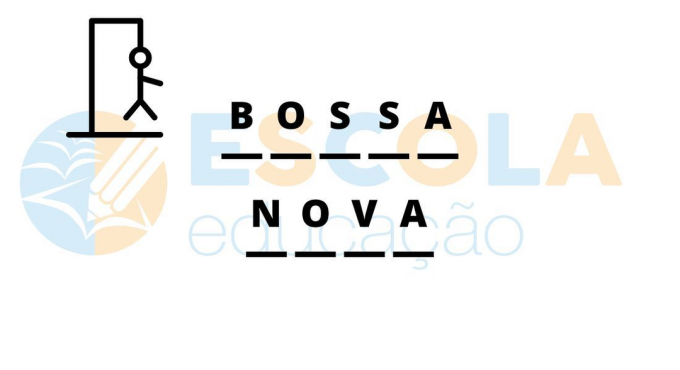A Constitution of 1967 was the fifth Constitution of the Brazil Republic and the sixth in the country's history. Prepared during the Military dictatorship under the supervision of the military, the constitutional text was used to legalize and institutionalize the military regime initiated by the 1964 coup.
A 1967 Magna Carta abandoned the democratic characteristics of the 1946 Constitution, being used to justify the actions adopted by the military government.
see more
Scientists use technology to unlock secrets in ancient Egyptian art…
Archaeologists discover stunning Bronze Age tombs in…
It entered into force on March 15, 1967, the same date that General Arthur Costa e Silva assumed the presidency of the country.
This document expanded the power of the Executive and weakened federalism. It was seen by the then president as “modern, lively and adequate”, even though its authoritarian characteristics were visible.
Historical context
The 1964 military coup made possible the arrival of the military to power and enabled several transformations in national politics.
Initially, the new representatives focused on containing political opposition through Institutional Acts that disregarded the norms determined by the Constitution of 1946.
In this way, individuals who came to power sought to adopt actions that legitimized the military government.
A new Constitution was drawn up in 1966 to incorporate the arbitrary measures imposed by the Institutional Acts (AI) and decrees adopted since the Castelo Branco government.
In his government alone, 190 decrees were approved without the participation of the Legislative power. On December 12, 1966, AI-4 summoned members of the National Congress to discuss and approve a new Constitution.
The new constitutional text was approved on January 24, 1967, disregarding several amendments offered by congressmen.
The new Magna Carta came into force on March 15, 1967, the same date on which General Arthur Costa e Silva assumed the presidency of the country.
This document was in force throughout the military regime, becoming a tool that made all anti-democratic practices carried out during this period legal.
In addition, the 1967 Constitution incorporated Institutional Act No. 5, which further increased the political powers of the military.
Elaboration of the 1967 Constitution
the intention of elaboration of the 1967 Constitution was to incorporate the Institutional Acts and decrees adopted since the government of Castelo Branco.
At first, the draft Constitution offered by Carlos Medeiros Silva was criticized by politicians linked to the government.
But, in December 1966, Congress was summoned to draw up a new Constitution. Initially, the measure taken by the government was democratic in nature.
However, on January 24, 1967, a constitutional text was approved without the effective participation of deputies and senators. The 1967 Constitution was considered the most unstable and arbitrary of Brazilian constitutions.
Features of the 1967 Constitution
The main features of the 1967 Constitution they were:
- It increased and centralized power in the figure of the President of the Republic;
- Extinction of political parties;
- Reduction of individual autonomy;
- It maintained the Republic as a form of government;
- Brasilia remained the federal capital;
- The president was elected indirectly, by an Electoral College;
- It restricted the right to strike;
- Increased military justice.
After the incorporation of Institutional Act No. 5, the document now includes:
- Closing of Congress;
- Suspension of the civil and political rights of citizens who committed crimes against National Security;
- Prior censorship of the media.
End of the 1967 Constitution
The 1967 Constitution came to an end when the Military dictatorship it ended. In the 1986 elections, the parliamentarians responsible for drawing up the Constitution of 1988, marking a new democratic era.
The 1988 Constitution represented a decisive step towards the redemocratization of Brazil.
Click here and download the 1967 Constitution in PDF!
Learn more at:
- Constitution of 1824
- Constitution of 1891
- Constitution of 1934
- What is dictatorship?
- Presidents of the Military Dictatorship in Brazil
- What is democracy?
- Democracy in Brazil

